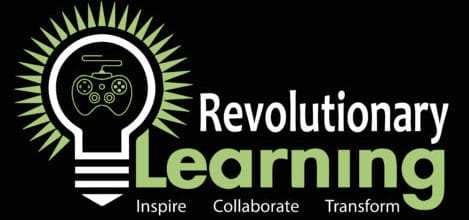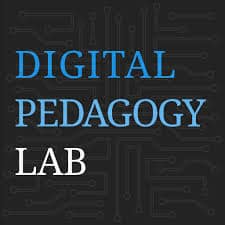Instructional + Pedagogical Methods
This section of the website gathers together case studies and instructional methods for use game-based learning and other innovative approaches to the classroom. Our goal is to be practical and user friendly. In many cases, the methods outline here can be adapted from different classrooms: traditional, blended and online as well as levels of education ranging from elementary school to post graduate education. You will find links to more detailed information under the descriptions. We are always happy to consider new contributions to this area.
Classcraft
Classcraft is an online platform that transforms learning into an adventure. Based in the browser or mobile device, Classcraft acts as a layer over the classroom, streamlining behavior management and gamifying any existing curriculum with a minimum of technical requirements. Students play together as Warriors, Mages, and Healers, each with different strengths. They earn points for good behaviors, fostering collaboration and other positive 21st-century skills, while negative behavior has a consequence for the whole team, teaching accountability. As students level up, they earn privileges that have real-life impact on the social dynamics of the classroom. Classcraft features a suite of additional tools to gamify teachers’ lessons and is highly customizable and adaptable to any class or student group.
Digital Pedagogy Lab
http://www.digitalpedagogylab.com/
pedagogy lab works to empower both student and contingent faculty voices, i.e. those too often marginalized or “buried” within larger academic institutions and infrastructures. The lab follows a critical pedagogical model based on the work of Brazilian educator Paulo Frire. They have an excellent professional development program and a week-long summer institute. They publish an excellent, scholarly, peer reviewed online journal: Hybrid Pedagogy: a digital journal of learning, teaching, and technology founded by Jesse Strommel and Peter Rorabaugh. The lab supports open education models of learning and support.
The Multiplayer Classroom
https://www.facebook.com/MultiplayerClassroom
Students of today need the techniques of today to learn, and this does not mean a blind faith in technology such as video games or social media clumsily shoehorned into a curriculum like
a stepsister’s foot vainly squeezed into Cinderella’s slipper. The Multiplayer Classroom is not a class that uses video games to teach. Instead it uses the craft of game design to create an entire class, regardless of subject matter, as a real-time multiplayer game. Elements include grading by accretion (XP and leveling up); learning by failing (allowing students to redo assignments); intrinsic rewards (such as dividing students into guilds and rewarding an entire guild for the achievement of one member); peer teaching and more. Recent studies bear out initial anecdotal evidence from hundreds of teachers: the average grade for a class has risen from a C to a B. Students are creating their own assignments. Class attendance is almost perfect. The Multiplayer Classroom uses the techniques that today’s world communicates with us, so that we can teach any subject to students in a language they understand.
Lee Sheldon, Professor of Practice in Interactive Media and Game Development at Worchester Polytechnic Institute (WPI), Game designer, and author.
 The Short Sim
The Short Sim
http://www.shortsims.com/theory (Clark Aldrich)
Short Sims are short, interactive experiences that greatly expand the power of educational media. They are scenario based address problem solving, applied learning and decision making in a dynamic fashion. Short Sim are ideal for online learning experiences that require short burst of engaging experiences. Play for yourself: http://www.shortsims.com/play
Universal Design for Learning
UDL is a framework for teaching and learning based upon scientific evidence, brain research and teaching practice. This site provides information for designing learning that meet the needs of vastly different learning styles and abilities. Rather than design for the norm, learn how to design for unique situations (multimedia presentation and support, options for expression, choices for engagement) that include not exclude those on the margin (e.g. learning ‘disabled’, institutionalized learners etc.).You can find an exchange network, a curriculum tool kit, design guidelines, ongoing projects, excellent case studies, current research and more.




